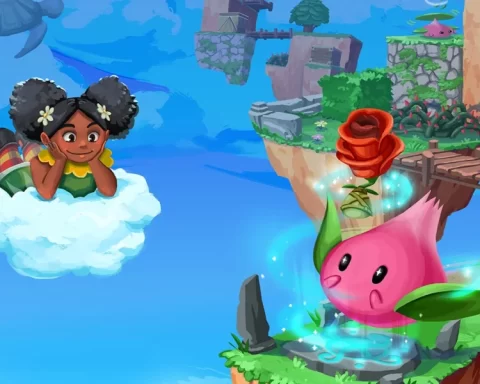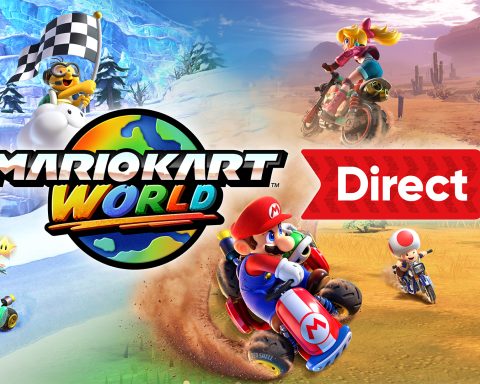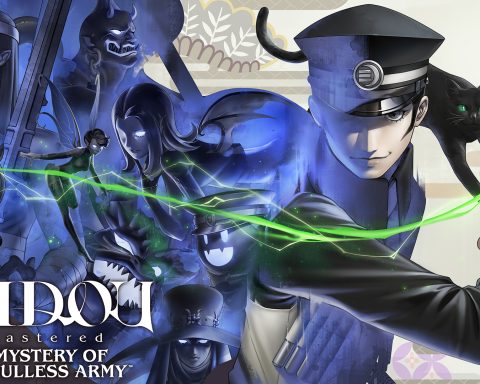You’re able to download the three Final Fantasy games on the PlayStation Network via the PSOne Classics shop front.
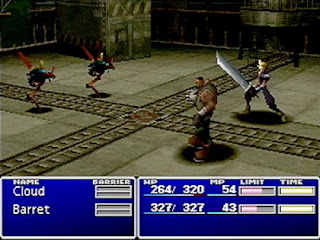 |
| Kickin’ some blocks |
 |
| Baddest of the bad |
 |
| An awkward moment |
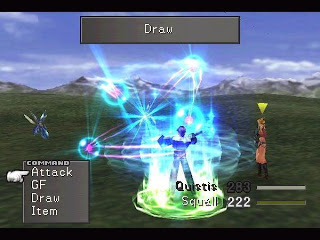 |
| This battle lasted an hour because we used ‘draw’ 10000000 times |
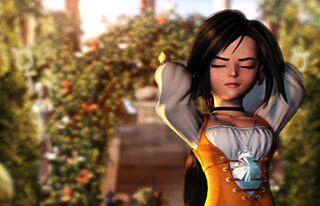 |
| oooh Garnet |
 |
| All kinds of cliches (or traditions, if you prefer) here |





